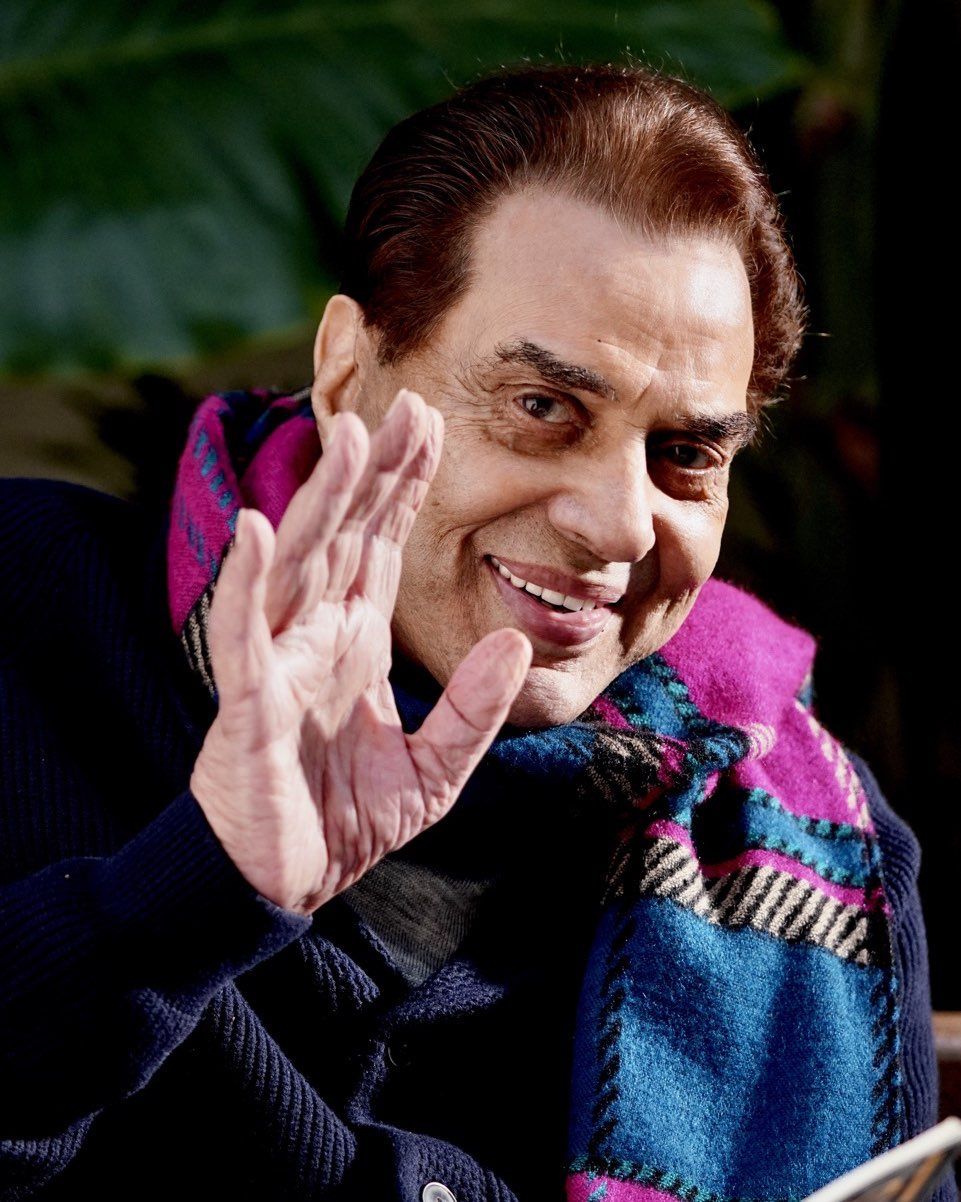Ever wondered which films paved the way for the vibrant cinematic landscape of Bollywood that we know and love today? The earliest Bollywood movies, far from being relics of a bygone era, are essential keys to understanding the evolution of storytelling, the development of cultural identity, and the enduring power of the moving image.
These cinematic treasures, often overlooked in the rush of modern releases, offer a unique window into India's cultural and social history. They reflect the values, aspirations, and anxieties of a nation undergoing profound transformation. From the pioneering talkies to the lavish musicals that defined an age, these films showcase the ingenuity, passion, and artistic vision of generations of filmmakers and performers.
| Film Title | Year of Release | Director | Key Actors | Notable Achievements/Recognition |
|---|---|---|---|---|
| Alam Ara | 1931 | Ardeshir Irani | Master Vithal, Zubeida, Prithviraj Kapoor | First Indian Talkie, landmark in Indian cinema |
| Pyaasa | 1957 | Guru Dutt | Guru Dutt, Mala Sinha, Waheeda Rehman | Critically acclaimed, explores themes of disillusionment and social injustice |
| Deewar | 1975 | Yash Chopra | Amitabh Bachchan, Shashi Kapoor, Parveen Babi | Iconic film, explores themes of family, morality, and the clash between good and evil |
| Amar Akbar Anthony | 1977 | Manmohan Desai | Amitabh Bachchan, Vinod Khanna, Rishi Kapoor | Blockbuster, known for its entertaining storyline and star cast |
| Purab Aur Paschim | 1970 | Manoj Kumar | Manoj Kumar, Saira Banu, Ashok Kumar | Inspires patriotism and nationalism |
Source: IMDb
One cannot discuss the oldest Bollywood movies without acknowledging the watershed moment that was the release of Alam Ara in 1931. Directed by the visionary Ardeshir Irani, this musical film holds a special place in the annals of Indian cinema. As the first Indian talkie, Alam Ara revolutionized the way stories were told. The advent of sound transformed the cinematic experience, allowing for a greater depth of storytelling and emotional resonance. Audiences were captivated by the novelty of hearing their favorite actors sing and speak on screen, ushering in a new era of cinematic creativity and innovation. Alam Ara's success signaled a shift, and its influence is still felt in the vibrant and diverse landscape of Indian cinema.
The evolution of Bollywood is a compelling narrative, the path marked by countless films that have left an indelible mark on Indian society. These films provided escapism and entertainment but also tackled the complex realities of post-independence India, with the focus on themes that resonated with the audience. Films such as Pyaasa, directed by Guru Dutt, captured the essence of the era with stories that spoke of struggle and the pursuit of compassion in a society that was rapidly changing. These films reflect the aspirations and anxieties of a generation coming to terms with its identity and its place in the world.
Bollywood's influence is further exemplified in films such as Deewar, a film directed by Yash Chopra. It is an iconic masterpiece that delves into the intricate dynamics of family, morality, and the inherent clash between good and evil. Through a compelling narrative and captivating performances, Deewar delves into the complex relationships, moral dilemmas, and the consequences of the choices people make. This is just one example that illustrates the power of cinema to reflect the complex fabric of society.
The evolution of Bollywood is not complete without the blockbuster film Amar Akbar Anthony. Directed by Manmohan Desai, it is a testament to the power of mass entertainment and a symbol of India's syncretic culture. Through its vibrant storytelling, memorable music, and a star-studded cast, it is a reflection of the values of unity and harmony.
Manoj Kumar's Purab Aur Paschim is a significant contribution to the Bollywood repertoire and encapsulates a sense of national pride and cultural identity. As the nation was experiencing an onslaught of traditional values from foreign influence, this film serves as a reminder of the importance of preserving India's cultural heritage. It became a source of inspiration for many, as it ignited patriotism and a strong sense of national identity.
Exploring these cinematic treasures allows a glimpse into the evolution of Indian society and the development of Bollywood as a global force. These films, with their engaging storylines, memorable characters, and captivating performances, have stood the test of time and continue to resonate with audiences across generations. They provide a unique window into India's cultural heritage.



